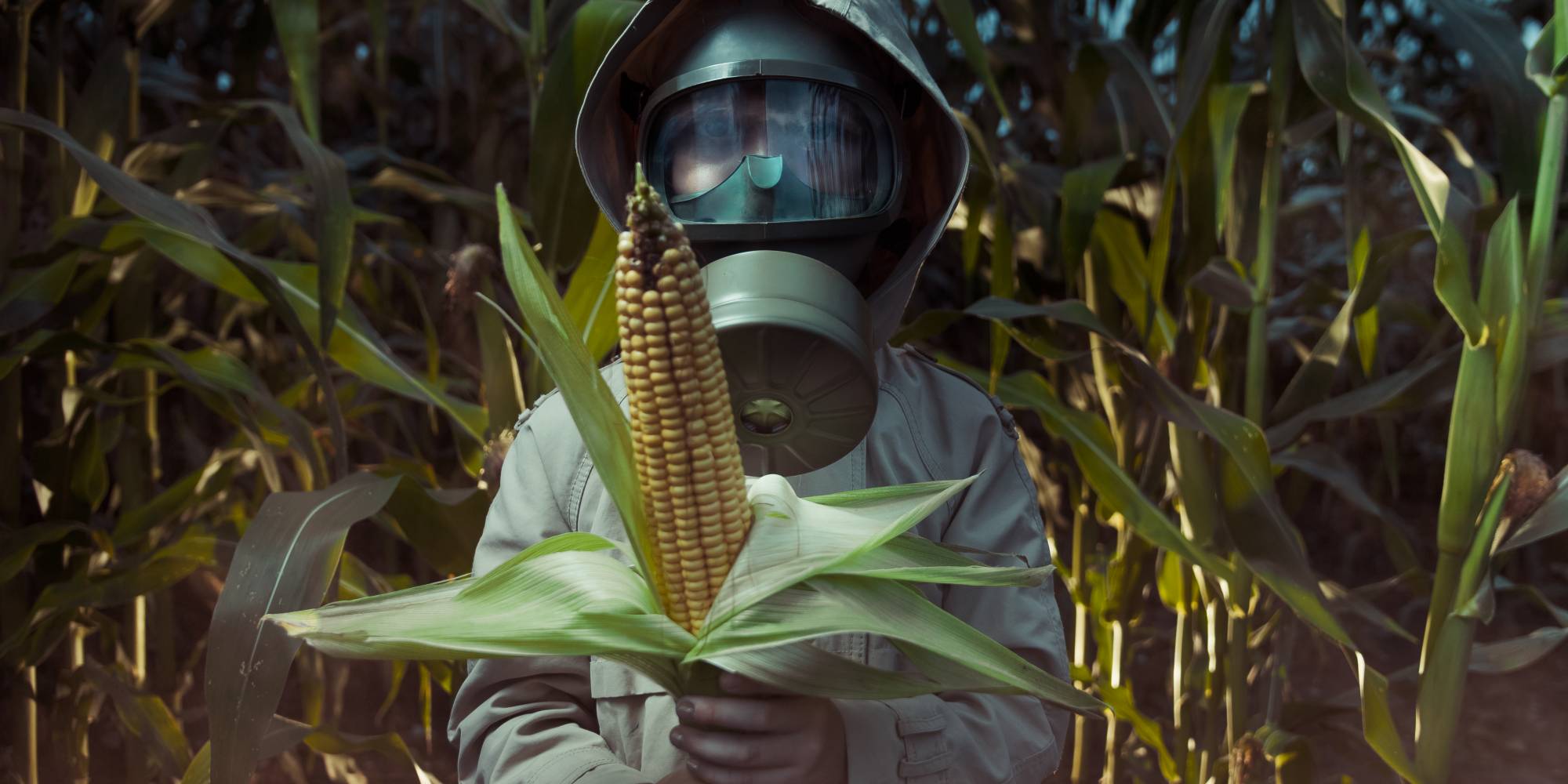
2015 Intergovernmental Platform on Biodiversity and Ecosystem Services 2016 Ollerton 2017). This general decrease in species and abundances is caused by multiple, mostly anthropogenic, factors, one of which is exposure to pesticides (Goulson et al. ( 2017) showed a substantial long-term decline in flying insect biomass in nature reserves, which included many flower visitors such as butterflies, bees, flies, and beetles. This is apparent in losses of domestic honey bee ( Apis mellifera) hives in the many European Union countries and the United States of America along side a simultaneous decline in wild bee diversity and butterfly, moth, and syrphid fly populations (vanEngelsdorp et al. 2015 Intergovernmental Platform on Biodiversity and Ecosystem Services 2016 Hallmann et al. The evidence that flower-visiting insects (FVIs) are in decline is continuously growing (Goulson et al. Environmental Toxicology and Chemistry published by Wiley Periodicals, Inc. This is necessary to improve our understanding of FVIs and facilitate the development of a more protective FVI risk assessment. There are major knowledge gaps concerning the general investigation of groups other than bees, the collection of comprehensive data on FVI groups and their ecology, linking habitat to FVI exposure, and study of previously neglected complex population effects. We present data-driven tools to improve future risk assessments by making use of trait information. The current risk assessment should be amended to incorporate specific ecological properties of FVIs, that is, traits. This knowledge was used to critically evaluate the European regulatory framework of exposure and effect assessment.

Pesticide exposure of FVIs at environmentally realistic levels can cause population-relevant adverse effects. Their habitat, the entire agricultural landscape, is potentially contaminated with pesticides through multiple pathways. The results show that FVIs are far more diverse than previously thought.

We synthesized the peer-reviewed literature on FVI groups and their ecology, habitat, exposure to pesticides, and subsequent effects. Therefore, the risk assessment framework needs to be improved.

However, there is an ongoing decline of FVI species, partly caused by agricultural pesticide applications. Flower-visiting insects (FVIs) are an ecologically diverse group of mobile, flying species that should be protected from pesticide effects according to European policy.


 0 kommentar(er)
0 kommentar(er)
